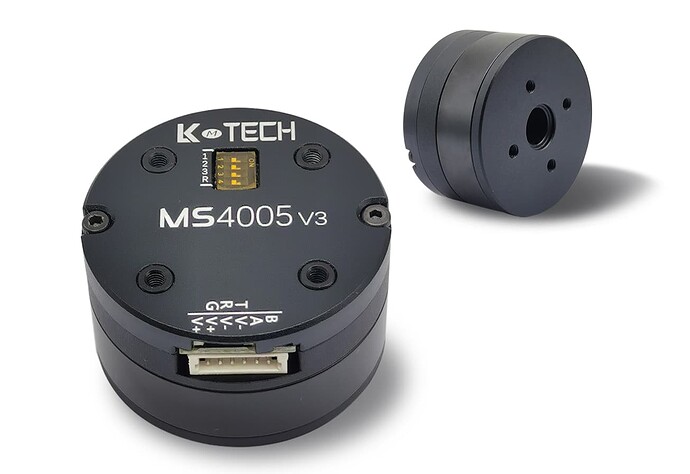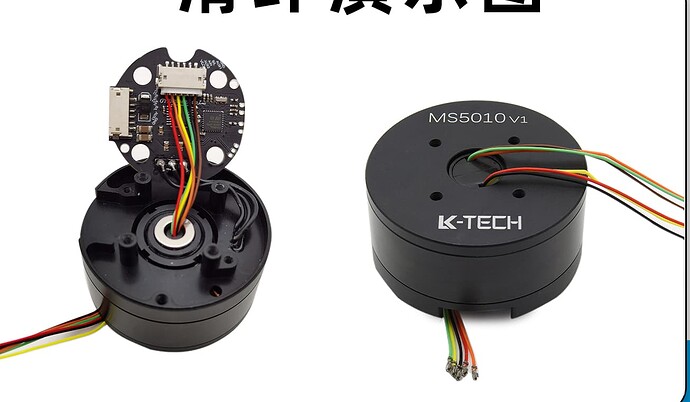When using a large-load gimbal, I generally prefer to use industrial servo motors as the power of the gimbal axis, because they are relatively cheaper and more scalable, and you can choose a variety of suitable sizes. But there is a problem, that is, the flight control cannot directly output the signal of the industrial servo motor. The way I currently use is that the flight controller outputs the 3 pwm signals of the gimbal, and I use a single-chip microcomputer to convert the pwm signals into the corresponding signals (modbus) of the servo motor to control the motor. Although this method can make the gimbal run normally, but because the refresh rate and precision of the pwm signal are not enough, the gimbal effect cannot be achieved very well. So I wonder if it is possible to let the serial port of the flight controller directly output the angles corresponding to the three axes of the gimbal. In this way, it is more convenient and efficient to expand the external PTZ made by ourselves. The refresh rate and accuracy will be much better than pwm. And the data format can be modbus, which will also reduce the difficulty of development.
Before, I proposed to let the flight control output the pulse and direction signals that the servo motor can read. Now think about it, this time you are not suitable, because it will occupy a lot of interfaces on the flight control, and there are many parameters on the flight control that need to be set, including The number of pulses corresponding to the angle, direction, acceleration and deceleration time, maximum and minimum running speed. It will also take up a lot of computing resources of the flight control. So a better way is to output the angle required by the gimbal through the serial port. It is better to let the external single-chip microcomputer control the servo motor after calculating how to reach this angle.
For example, this kind of motor is controlled by 485 bus

